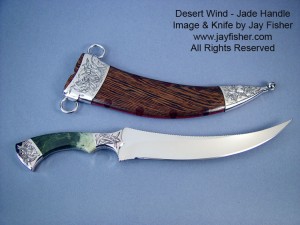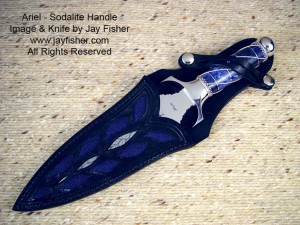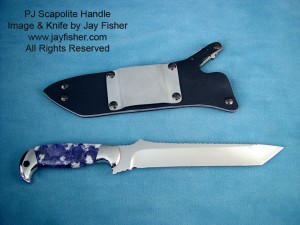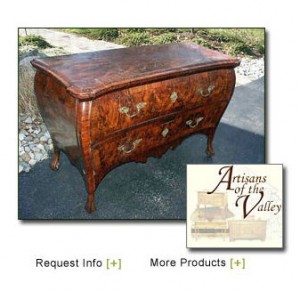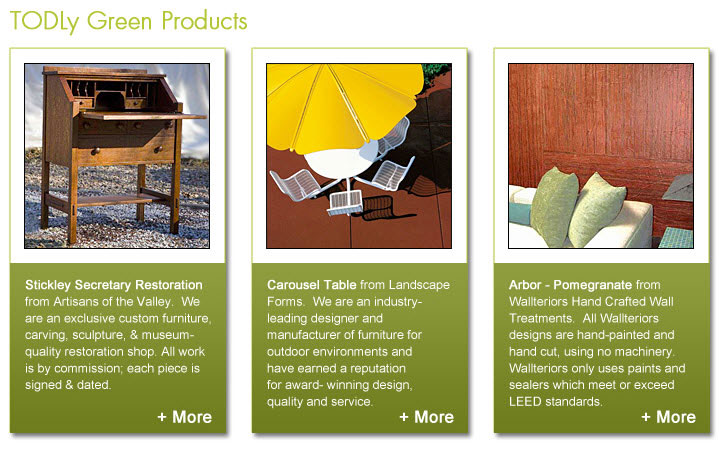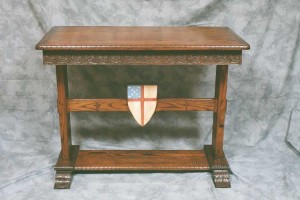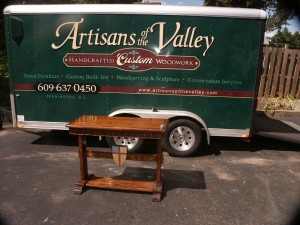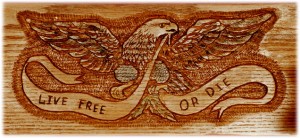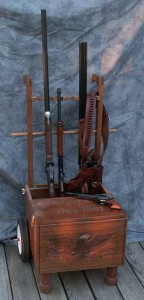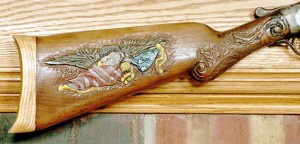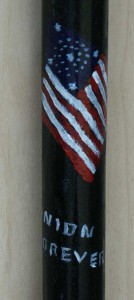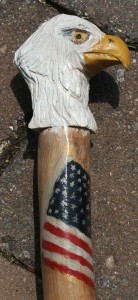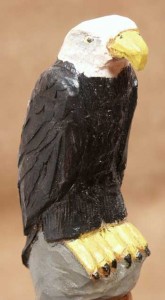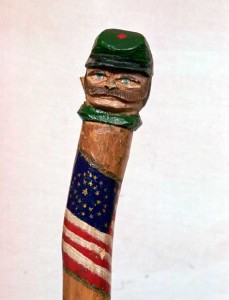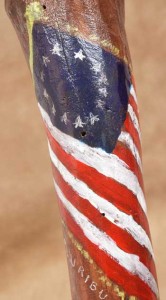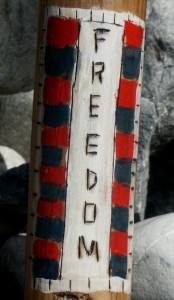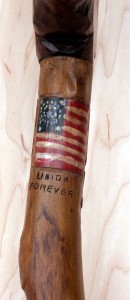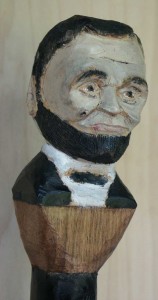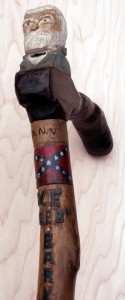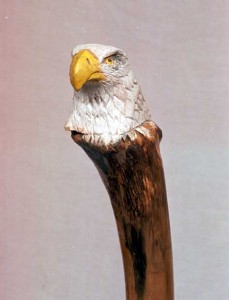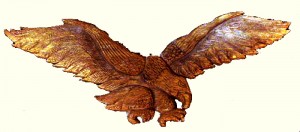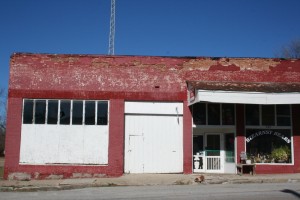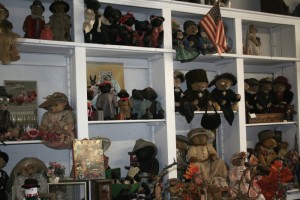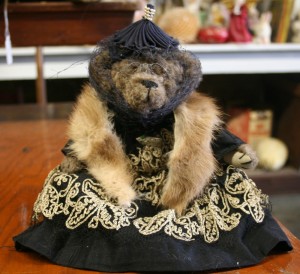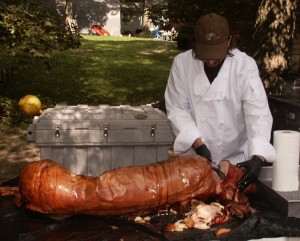 Those of you who have followed Artisans of the Valley for a while, or who know me, know that there is also an offshoot catering company known as “Artisans On- site Catering.” The dawn of this endeavor came from the periodic requests I received to cater for friends and family. One of the more popular venues has proven to the the classic “Pig roast.” The event of cooking obviously surrounds the almost ceremonial preparation, cooking, and serving of a full bodied pig. Since our blog covers arts of all forms, it makes complete sense to incorporate the culinary arts!
Those of you who have followed Artisans of the Valley for a while, or who know me, know that there is also an offshoot catering company known as “Artisans On- site Catering.” The dawn of this endeavor came from the periodic requests I received to cater for friends and family. One of the more popular venues has proven to the the classic “Pig roast.” The event of cooking obviously surrounds the almost ceremonial preparation, cooking, and serving of a full bodied pig. Since our blog covers arts of all forms, it makes complete sense to incorporate the culinary arts!
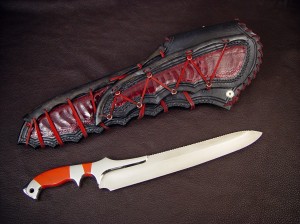 This event is the initial use of Jay Fisher’s blade entitled “Artemis.” A custom made chef (butcher) knife – more details of this aspect of the project can be found in our blog entry: “The Birth of Artemis” Links are also included on this page to our newsletter which contains a two part detailed feature article on this amazing one-of-a-kind blade.
This event is the initial use of Jay Fisher’s blade entitled “Artemis.” A custom made chef (butcher) knife – more details of this aspect of the project can be found in our blog entry: “The Birth of Artemis” Links are also included on this page to our newsletter which contains a two part detailed feature article on this amazing one-of-a-kind blade.
I received a request from Bill Corbo about two months or so ago to prepare a pig roast for his college graduation party. The target audience being about 60 people, and the general rule of thumb to go by to size a pig for such an event is 1.5lbs of dressed weight per person I ordered a 90lb pig. A pig roast really isn’t a difficult concept, the basic premise is no different than anyone goes through when they prepare a turkey for a Thanksgiving dinner. It’s just “bone-in” meat that is wrapped within its original container, which is simply the skin.
Since we are using a flat cooking method, using a manual flip method, and the pig will be left natural, we can use a stuffing. The marinate I like to use is generally all the year old spices around the house, garlic, onion, sales, peppers, etc along with sugar for the dry ingredients. Then mix with wines, vinegars, olive oil, whatever you want.Stuffing include apples, onions, garlic cloves, and pineapple.
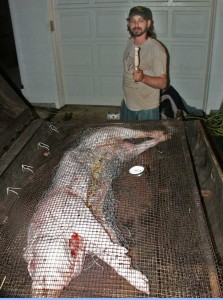 Methods of cooking vary from burring the pig in the ground under heated rocks, to using a sealed roaster, open spits, through to an automatic rotisserie. I’ve actually been party to preparing a pig roast in probably a dozen different ways, but the bottom line is almost the same net result. The goal is pulled pork – the meat should actually separate from the bones with an effortless pull – which is were the term “pulled pork” is found. The technique of the cooking process is to balance heat, moisture, smoke, and other flavors to slowly and evenly raise the temperature to an even 160 degrees over the period of at least twelve hours up to a maximum of sixteen hours for a 90lb pig.
Methods of cooking vary from burring the pig in the ground under heated rocks, to using a sealed roaster, open spits, through to an automatic rotisserie. I’ve actually been party to preparing a pig roast in probably a dozen different ways, but the bottom line is almost the same net result. The goal is pulled pork – the meat should actually separate from the bones with an effortless pull – which is were the term “pulled pork” is found. The technique of the cooking process is to balance heat, moisture, smoke, and other flavors to slowly and evenly raise the temperature to an even 160 degrees over the period of at least twelve hours up to a maximum of sixteen hours for a 90lb pig.
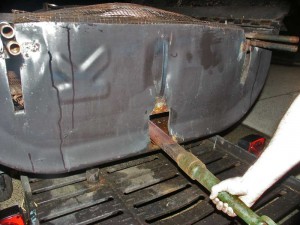 Too much heat, you cook the meat too fast and it becomes dry before it separates from the bones. Too little heat and the process just becomes painstaking and can drag on for 24-36 hours – to much heat and you burn off your precious fats too quickly and risk burning off the skin which releases the moisture. All of these mistakes can result in a dry meat, which is every pig roasting pro’s nightmare! Take your time, enjoy the process, this is not a race to finish quickly, or a week long affair. Balance and observe, if you’re a first timer enlist a friend with some experience to walk you through cooking your first pig.
Too much heat, you cook the meat too fast and it becomes dry before it separates from the bones. Too little heat and the process just becomes painstaking and can drag on for 24-36 hours – to much heat and you burn off your precious fats too quickly and risk burning off the skin which releases the moisture. All of these mistakes can result in a dry meat, which is every pig roasting pro’s nightmare! Take your time, enjoy the process, this is not a race to finish quickly, or a week long affair. Balance and observe, if you’re a first timer enlist a friend with some experience to walk you through cooking your first pig.
Now there’s the heat source, and the method the heat reaches the pig.
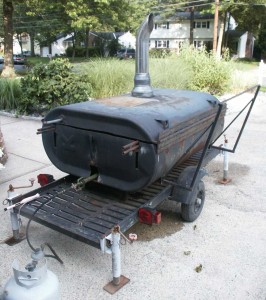 Direct Heat: The heat source (most often a flame or coals) is where heat source is directed towards the pig. Consider this like a giant grill. This can be the most difficult to control, the risk of flash fires from the pork fat can cause a sudden flurry of activity to protect the pig from being scorched. You ever want to break the skin during the cooking process or the precious fats run out too soon and fail to baste the meat. The advantage, if the roaster is designed properly – is that the drippings that do run off are immediately incinerated releasing a constant flow of natural flavors back towards the meat.
Direct Heat: The heat source (most often a flame or coals) is where heat source is directed towards the pig. Consider this like a giant grill. This can be the most difficult to control, the risk of flash fires from the pork fat can cause a sudden flurry of activity to protect the pig from being scorched. You ever want to break the skin during the cooking process or the precious fats run out too soon and fail to baste the meat. The advantage, if the roaster is designed properly – is that the drippings that do run off are immediately incinerated releasing a constant flow of natural flavors back towards the meat.
Indirect Heat: The heat source is located in a remote compartment, often a smoker box, that allows the heat and smoke to enter the main compartment of the cooker without the risk of flare up. In the more elaborate cookers – you do not loose your ability to collect the flavors from the fat runoff, instead that is directed through a series of channels into the coals and the resulting smoke back through the main compartment.
Now there is the actual fuel to consider:
Gas: Propane or Natural Gas are far from invalid heat sources – and I will catch flack for this I know – but the fact is that as far as the heat itself is concerned fire is fire. (As long as it’s not a toxic source!) Gas burners allow good control of the heat source in direct and indirect cookers.
Electric: Well, personally, I think you’re just nuts if you use electric except perhaps for a suckling pig prepared in a small box style smoker. To each their own, but I’ve never done a pig over electric heat, and honestly I have no intention of ever doing so.
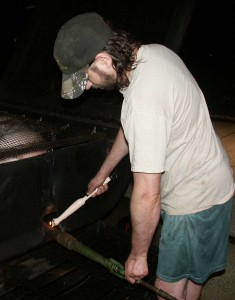 Charcoal: If you want to make your “coal” fire easily, you use charcoal. The best charcoal is that which does not contain its own lighter fluids, the unprocessed kind.
Charcoal: If you want to make your “coal” fire easily, you use charcoal. The best charcoal is that which does not contain its own lighter fluids, the unprocessed kind.
Wood Fire: If you are a purest, you will never suffer a pig roast using anything other than your own hand prepared mixture of hardwoods that you, yourself, will turn from wood to charcoal usually in a barrel of sorts sitting aside the actual cooker unit. If you have a remote firebox, you can actually burn wood directly, turning it to coals during the actual real time cooking process.
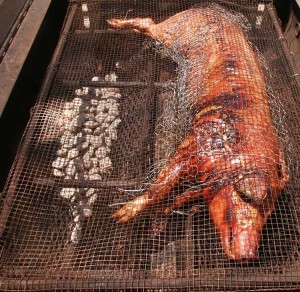 I actually built myself a dual fuel direct cooker unit, in classic hick style my cooker is made from an oil tank (270 gallon, got it almost brand new!) welded to an old snow mobile trailer which has been modified with four corner jacks for self leveling and stability. I set the unit up as a flat cooker, and welded up two frames that hold a wire mesh, the pig is actually wired to one side and the two frames are then hinged together using steel wire. The pig is lifted and flipped (keeping the back facing down) every half hour or so. The frames can also be used for roasts, chicken, ribs, etc. Just keeping in mind that there is a pocket designed to hold a pig, a thick heavy item, so burners or hot dogs just really won’t work inside the pig frames, but nothing stops you from making up another set for another purpose! I’ve also completed a number of pig roasts using pit style cookers and powered spits. (Stories for another blog entry!) All and all – the net result is about the same, the goal is to get the meat to fall off the bone, tender, moist, and tasty!
I actually built myself a dual fuel direct cooker unit, in classic hick style my cooker is made from an oil tank (270 gallon, got it almost brand new!) welded to an old snow mobile trailer which has been modified with four corner jacks for self leveling and stability. I set the unit up as a flat cooker, and welded up two frames that hold a wire mesh, the pig is actually wired to one side and the two frames are then hinged together using steel wire. The pig is lifted and flipped (keeping the back facing down) every half hour or so. The frames can also be used for roasts, chicken, ribs, etc. Just keeping in mind that there is a pocket designed to hold a pig, a thick heavy item, so burners or hot dogs just really won’t work inside the pig frames, but nothing stops you from making up another set for another purpose! I’ve also completed a number of pig roasts using pit style cookers and powered spits. (Stories for another blog entry!) All and all – the net result is about the same, the goal is to get the meat to fall off the bone, tender, moist, and tasty!
The cooker can be configured using a custom made propane pipe burner, which will also with a swap of regulator run on natural gas – this pipe is placed under an angled stainless steel shroud with becomes super heated and instantly evaporates the drippings without letting them come into contact with the open flames. I’ve also configured the cooker with two wire mesh baskets which are placed in front of and behind the pig. These baskets will hold coals for a wood charcoal fire.
The fact is – having tried start to finish on propane, and start to finish on coals, the best method for flavor and efficiency (keeping in mind that I sometimes transport this unit with the cooked pig inside) using the pipe burner for the early stages through around half way, then firing up the coals to add a touch of wood smoke flavor around the last half of the cooking process. I’m actually considering modifying the cooker to have a remote fire box to provide continuous smoke throughout the process and thus enjoy a cooking process free of those annoying flare ups that take place when the fat hits the coals.
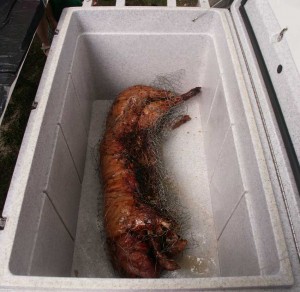 Regarding transport, given the logistics it was best to remove the pig from the cooker for transport. This can be a tricky process given if you do your job right the pig will be literally falling apart when it’s done. The trick is to make yourself a pig hammock, wrap it up before the cooking begins in a wire net, preferably stainless steel or just plain old steel wire. If you must use galvanized, cook just the wire at high temperature for a few hours before you wrap the pig to flash off contaminates, make sure it is zinc and not coated in highly poisonous metals.
Regarding transport, given the logistics it was best to remove the pig from the cooker for transport. This can be a tricky process given if you do your job right the pig will be literally falling apart when it’s done. The trick is to make yourself a pig hammock, wrap it up before the cooking begins in a wire net, preferably stainless steel or just plain old steel wire. If you must use galvanized, cook just the wire at high temperature for a few hours before you wrap the pig to flash off contaminates, make sure it is zinc and not coated in highly poisonous metals.
Once you’ve reached the core temperature of around 160 degrees, taking temperature samples within the center of the hind quarter, front shoulders (in the neck area probing forward and backwards) and into the back-strap to be sure the pig is cooked evenly, shut down your heat sources. The pig must now rest within the sealed cooker (or a cooler as shown right if you’re transporting) for at least an hour. If you take samples you’ll see the temperature will actually go up a few more degrees before it levels out and starts to drop, but try to avoid opening the cooker or cooler at this point. A good cooler like the one shown here will easily allow a 3-5 hours transport window maintaining safe food storage temperatures, in fact you’re still cooking the pig during that window!

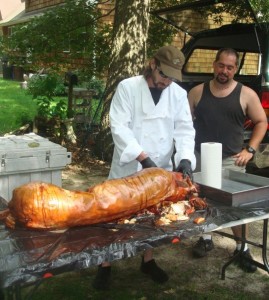
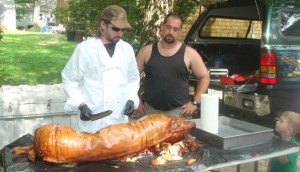
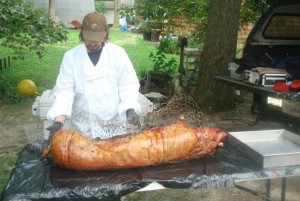
All said and done, a whole roasted pig results in a moist, tender, flavorful meat. Most people will agree it’s the best way way to cook pork!
Check the Comments for source info on the burner and more info on cook times!
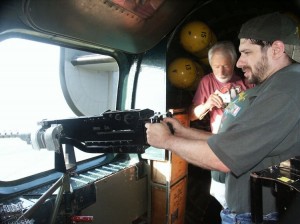
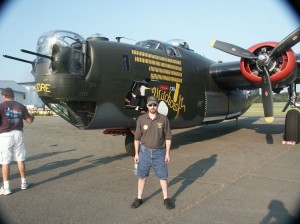
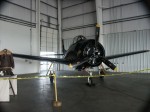
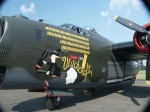
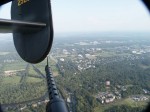
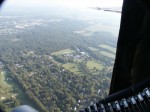
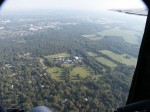
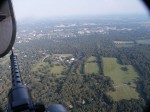
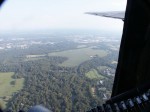
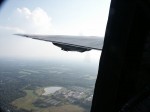
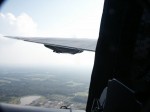
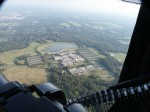
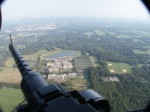
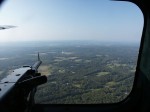
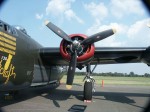
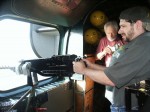
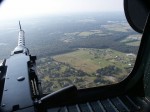
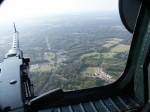
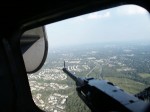
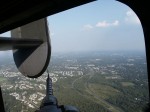
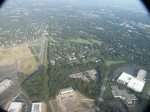
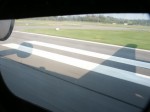
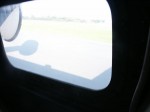
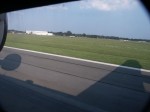
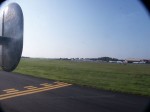
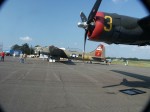
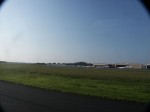
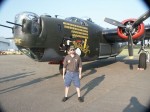
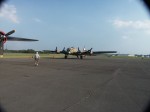
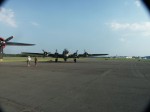
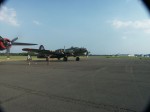
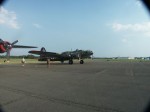
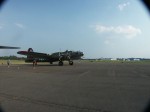
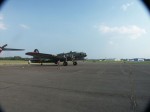
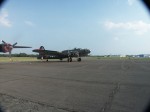
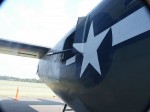
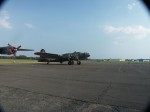
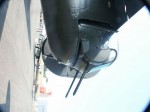
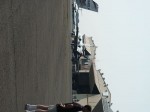
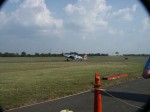
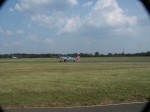
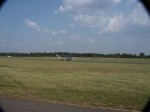
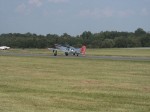
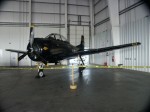
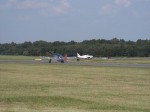
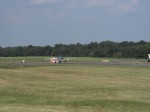
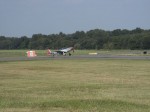
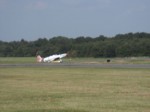
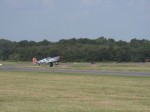
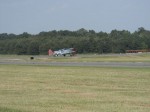
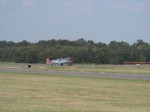
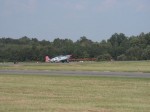
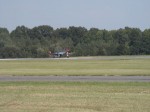
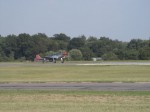
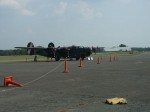

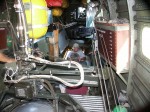
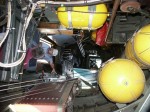
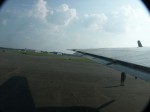
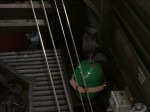
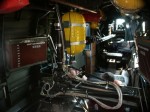
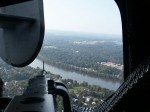
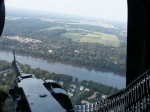
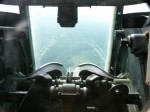
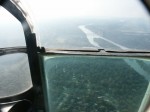
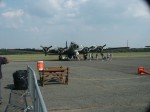
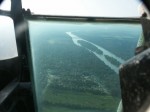
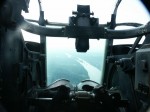
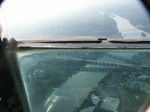
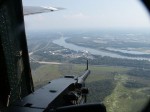
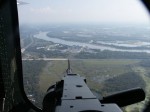
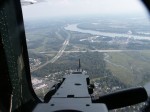
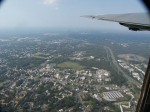
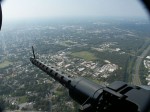

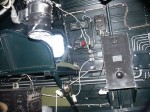
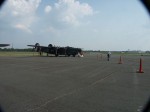
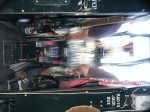
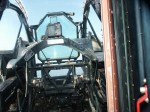
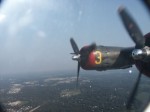
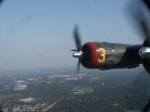
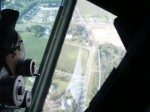
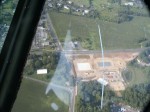
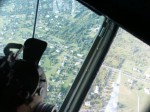
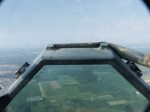
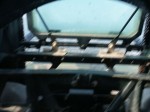
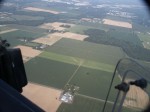
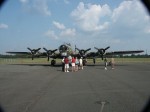
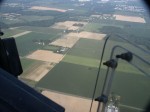
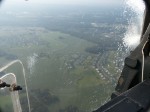
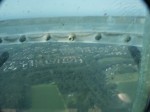

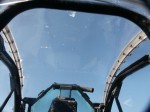
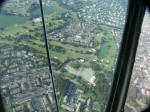


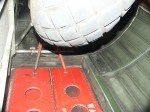
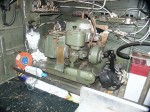
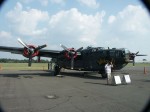
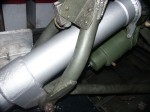
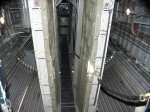
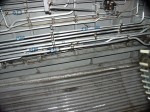
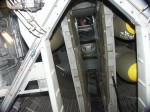
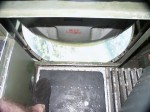
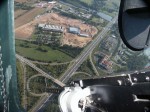
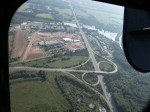
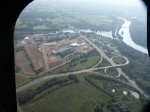
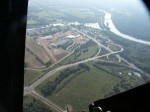
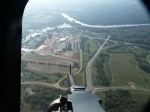
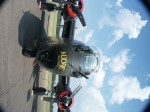
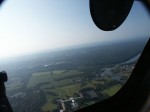
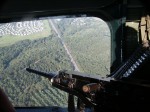
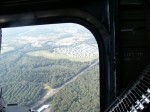
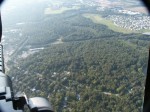
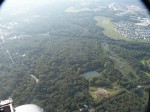
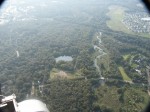
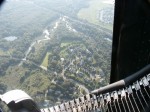
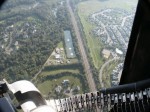
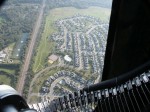
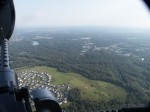
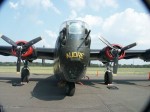
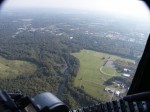
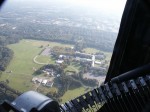
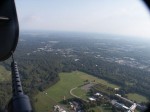
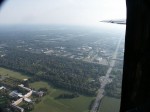
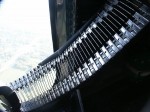
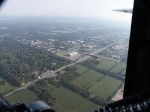
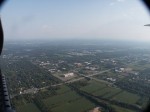
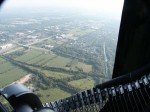
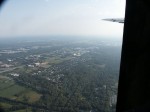
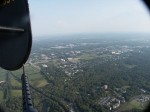
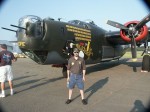

 The Artisans of the Valley
The Artisans of the Valley 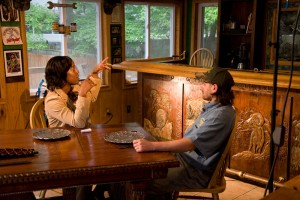
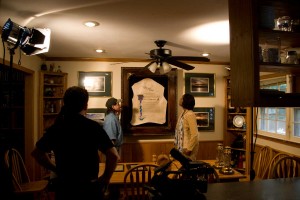
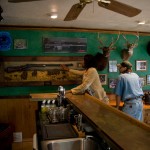
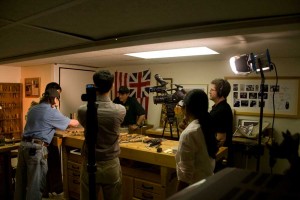
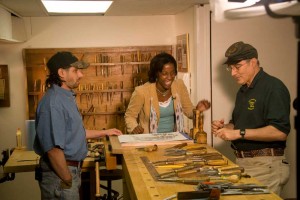
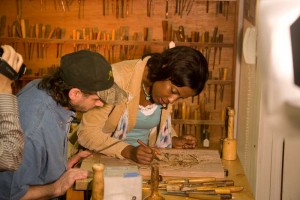

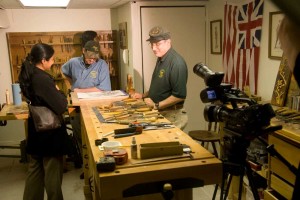
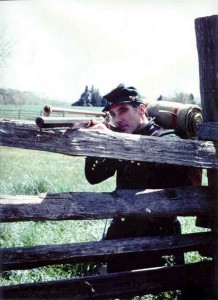
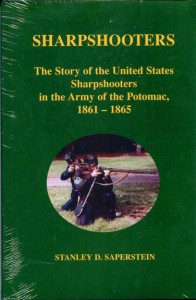


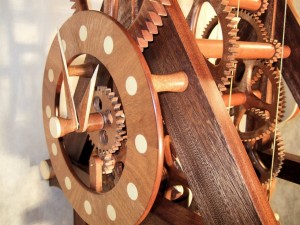
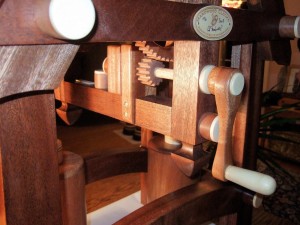



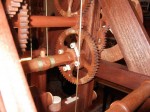
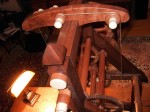
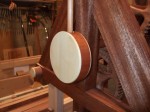
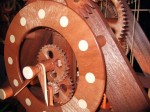

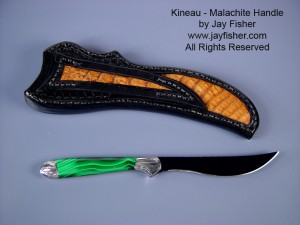 Jay Fisher
Jay Fisher